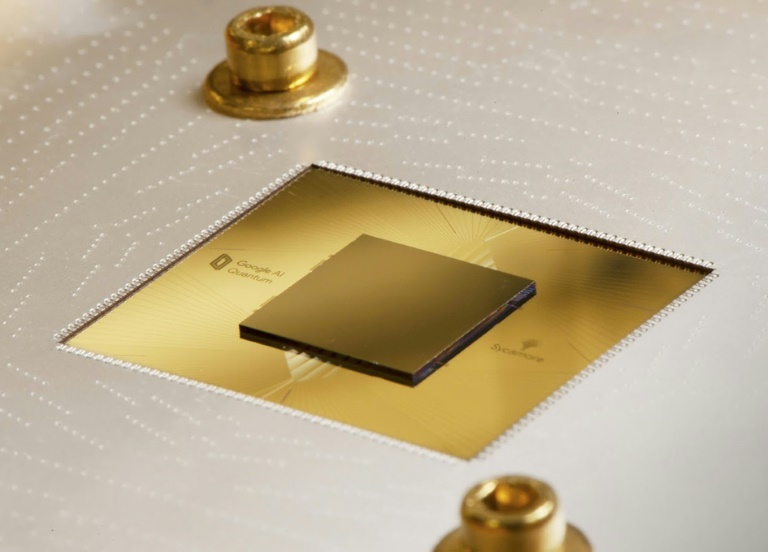Using a new technology developed at MIT, diagnosing lung cancer could become as easy as inhaling nanoparticle sensors and then taking a urine test that reveals whether a tumor is present.
This approach could potentially replace or supplement the current gold standard for diagnosing lung cancer, low-dose computed tomography (CT). It could have an especially significant impact in low- and middle-income countries that don’t have widespread availability of CT scanners, the researchers say.
“Around the world, cancer is going to become more and more prevalent in low- and middle-income countries. The epidemiology of lung cancer globally is that it’s driven by pollution and smoking, so we know that those are settings where accessibility to this kind of technology could have a big impact,” says Sangeeta Bhatia, the John and Dorothy Wilson Professor of Health Sciences and Technology and of Electrical Engineering and Computer Science at MIT, and a member of MIT’s Koch Institute for Integrative Cancer Research and the Institute for Medical Engineering and Science.
Bhatia is the senior author of the paper, which appears in Science Advances. Qian Zhong, an MIT research scientist, and Edward Tan, a former MIT postdoc, are the lead authors of the study.
To help diagnose lung cancer as early as possible, the U.S. Preventive Services Task Force recommends that heavy smokers over the age of 50 undergo annual CT scans. However, not everyone in this target group receives these scans, and the high false-positive rate of the scans can lead to unnecessary, invasive tests.
2024-01-06 15:00:03
Link from phys.org rnrn




















